Sara Duterte’s Impeachment: When Political Heirs Flunk the Job

Philippine Vice President Sara Duterte faces impeachment over accusations including plotting to assassinate the president and large-scale corruption

Philippine Vice President Sara Duterte faces impeachment over accusations including plotting to assassinate the president and large-scale corruption
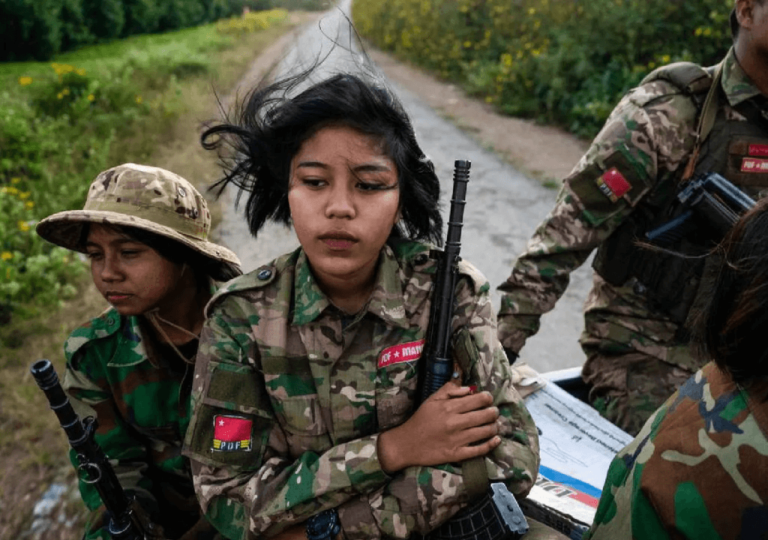
Myanmar's civil war intensifies, displacing millions and causing widespread devastation as the junta's power weakens and the country risks fracturing.
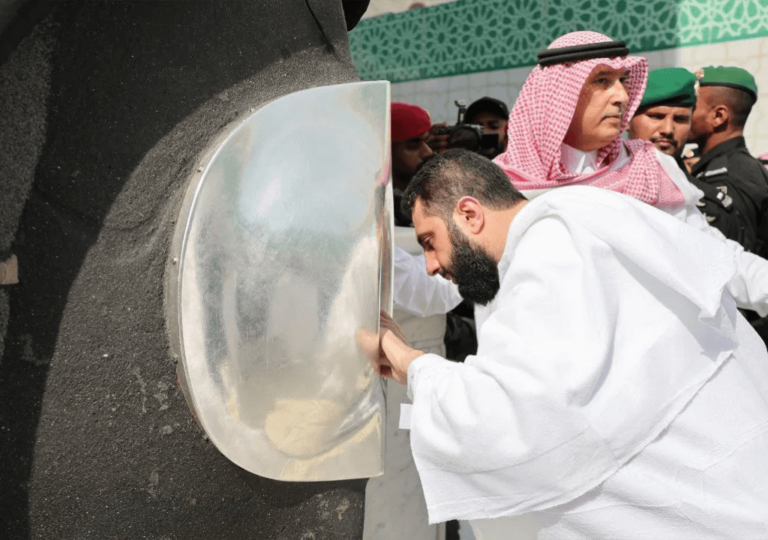
As Syria strengthens ties with Saudi Arabia, it signals a shift in regional power dynamics. Explore how this renewed alliance is reshaping the Middle East

Ahmed al-Sharaa has been appointed Syria's interim president, marking a significant shift after the Assad regime's collapse
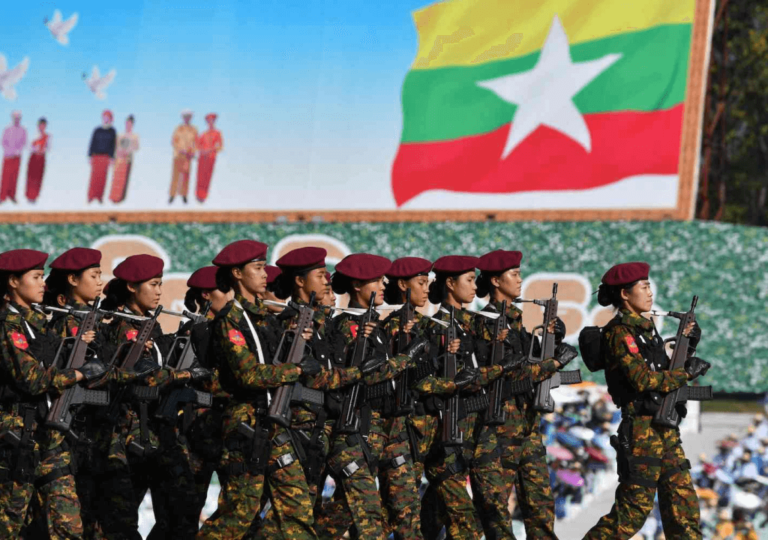
Myanmar's junta and the MNDAA signed a ceasefire agreement, mediated by China, to halt ongoing hostilities
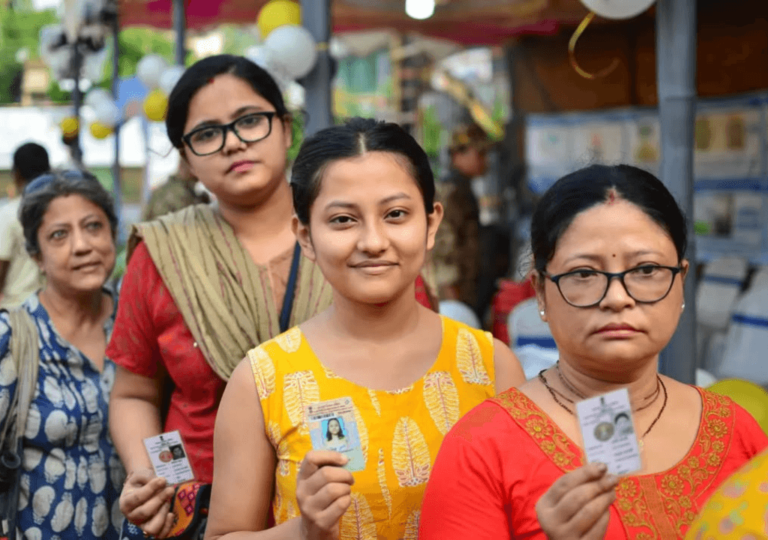
India's political landscape is dominated by the BJP and INC, limiting true multi-party representation
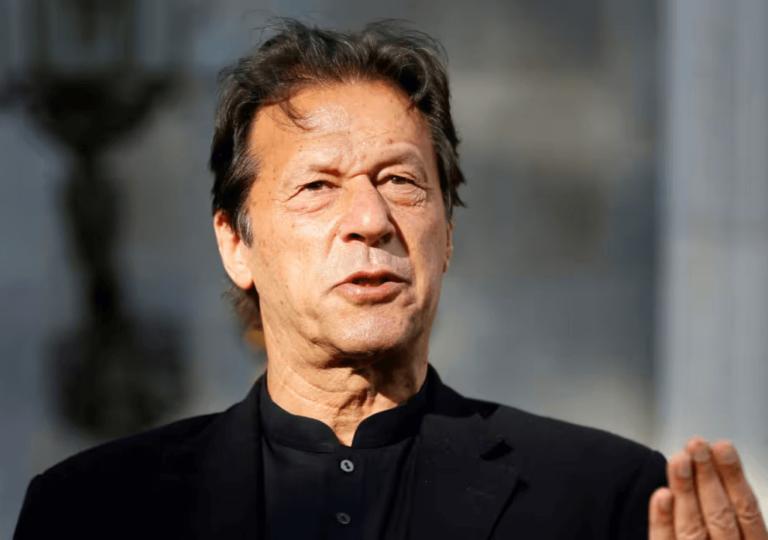
Imran Khan faces a 14-year prison sentence amid political turmoil, as authorities seek to sideline him from politics
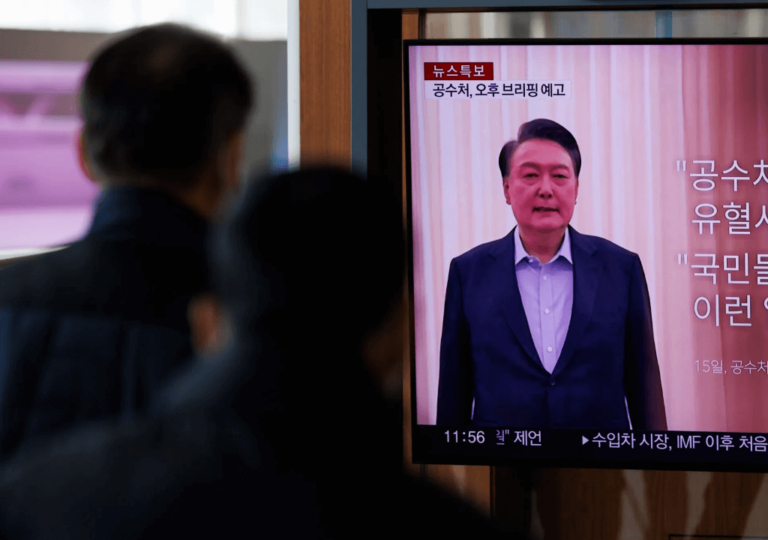
South Korean President Yoon Suk Yeol has been arrested, becoming the first sitting president to face such charges in history
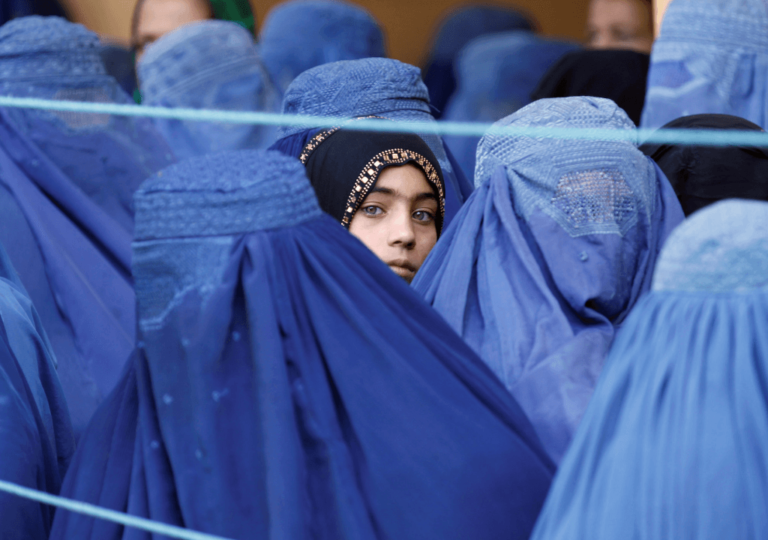
India seeks to strengthen ties with the Taliban amid shifting regional dynamics and evolving security concerns in Afghanistan
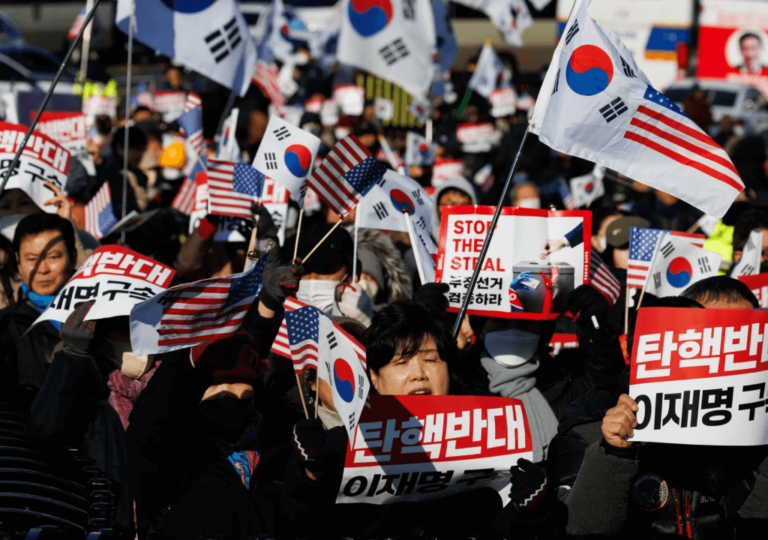
South Korea faces severe economic challenges due to political unrest, with a weakening won and declining business sentiment